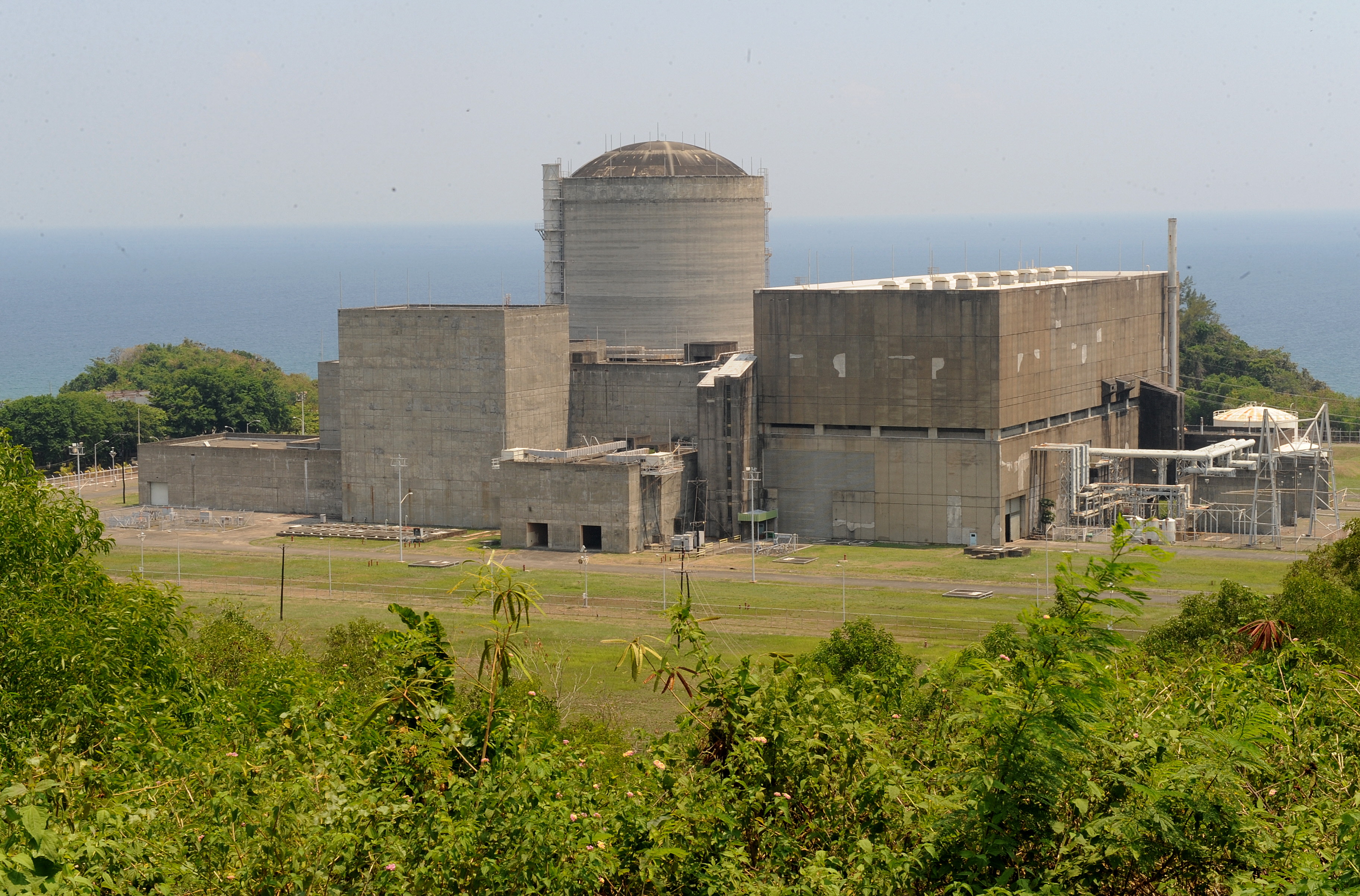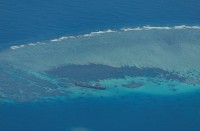
This photo taken on May 18, 2011, shows the Bataan Nuclear Power Plant, in Bataan. In a fresh but ambigious take on ecotourism, travellers in the Philippines can visit a remote turtle sanctuary then venture into the heart of a nuclear power plant. “This will be the only tourist-friendly nuclear power plant in this part of the world,” Dennis Gana, spokesman for state-owned power firm Napocor that runs the site, said. AFP PHOTO /
MANILA, Philippines (AFP) — The Philippines may revive a nuclear power plant that was completed 32 years ago but never switched on due to safety fears, the government said Wednesday.
The spokesman for new President Rodrigo Duterte said the government is considering brining the $2.3 billion plant into operation to meet the country’s growing power needs, despite entrenched opposition from activists and environmentalists.
The 620-megawatt plant, built in Bataan province during the notoriously corrupt regime of dictator Ferdinand Marcos, has been a subject of controversy for decades.
“(Officials) are considering all options for sustainable and affordable energy, and reviving the Bataan Nuclear Plant is being considered,” spokesman Ernesto Abella said.
He stressed that Duterte and the cabinet would need to approve the use of the plant, located 30 kilometers (19 miles) west of Manila.
The plant was built under Marcos to help meet energy needs following the oil price shocks of the 1970s.
But after Marcos was toppled in a military-backed popular revolt in 1986, the government of president Corazon Aquino refused to use it.
Concerns that the plant was built too close to earthquake fault lines and an active volcano as well as the Chernobyl nuclear disaster in Ukraine in 1986 firmed up the government’s decision not to operate the plant.
Despite power shortages and high oil prices, calls to activate the plant were counteracted by events such as Japan’s 2011 Fukushima nuclear disaster.
However in a speech to an international atomic energy conference in Manila on Tuesday, Energy Secretary Alfonso Cusi said “nuclear technology can be a viable choice”.
Senate president Aquilino Pimentel told the same forum the Philippines was seeking alternatives to fossil fuel.
“Nuclear power offers so much potential,” he said but noted its negative consequences especially in an earthquake-prone country like the Philippines.
© 1994-2016 Agence France-Presse







